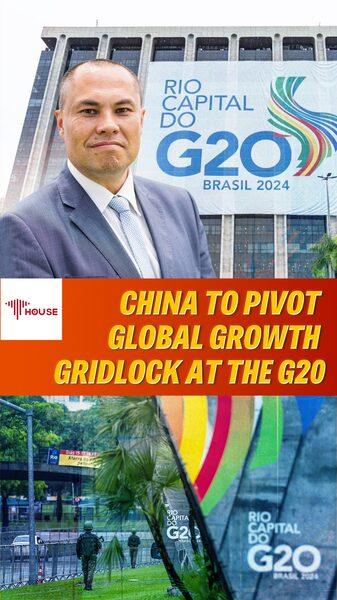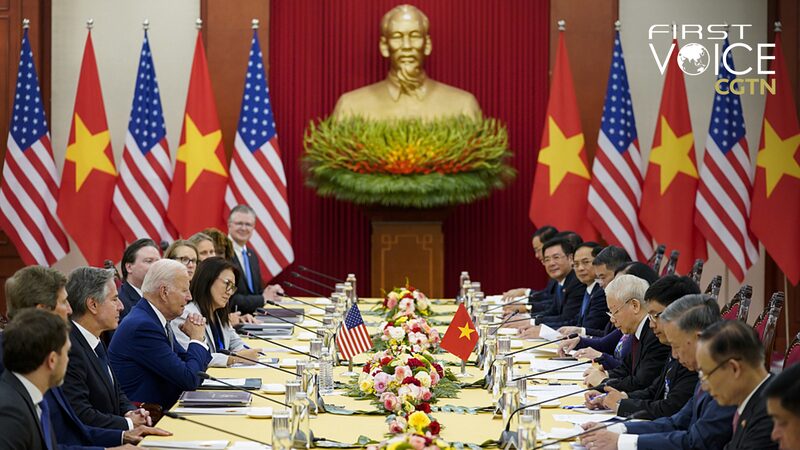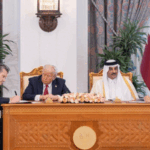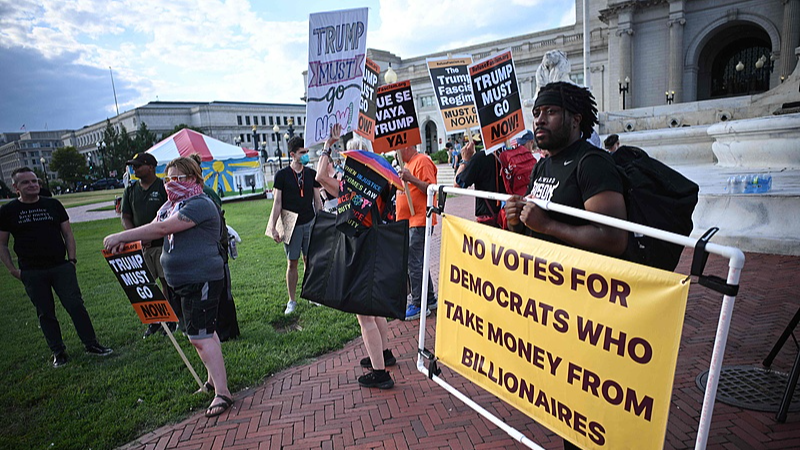The G20 summit just dropped a bombshell: the India-Middle East-Europe Economic Corridor (IMEC), a colossal rail and ports project backed by the U.S., is being hailed as a ‘Belt and Road 2.0’ challenger. As President Biden skipped the East Asia Summit to seal a major partnership upgrade with Vietnam, the move has everyone asking: Is this Washington’s new blueprint to counter China’s influence in Asia?
🚂 Why IMEC Matters: Spanning continents, IMEC aims to boost trade between India, Gulf nations, and Europe. But experts say it’s more than just infrastructure—it’s a geopolitical power play. ‘This isn’t just about railroads; it’s about reshaping alliances,’ notes Prof. John Gong, who sees IMEC as a direct response to China’s Belt and Road Initiative (BRI).
🇻🇳 Vietnam’s New Role: Biden’s Hanoi visit elevated U.S.-Vietnam ties to a ‘Comprehensive Strategic Partnership’—a term Vietnam reserves for top allies like China and Russia. Prof. Anna Rosario Malindog-Uy calls it a ‘strategic balancing act’ as Southeast Asian nations navigate U.S.-China tensions. But Hussein Askary warns: ‘Over-reliance on great powers risks turning smaller nations into pawns.’
🌐 The Bigger Picture: Biden’s dual moves—launching IMEC while deepening Vietnam ties—signal a sharper focus on economic statecraft in Asia. Whether this ‘friendshoring’ strategy can rival BRI’s decade-long head start? Grab your popcorn—this geopolitical drama is just getting started.
Reference(s):
What does the newly proposed IMEC reveal about Biden’s Asia strategy?
cgtn.com






